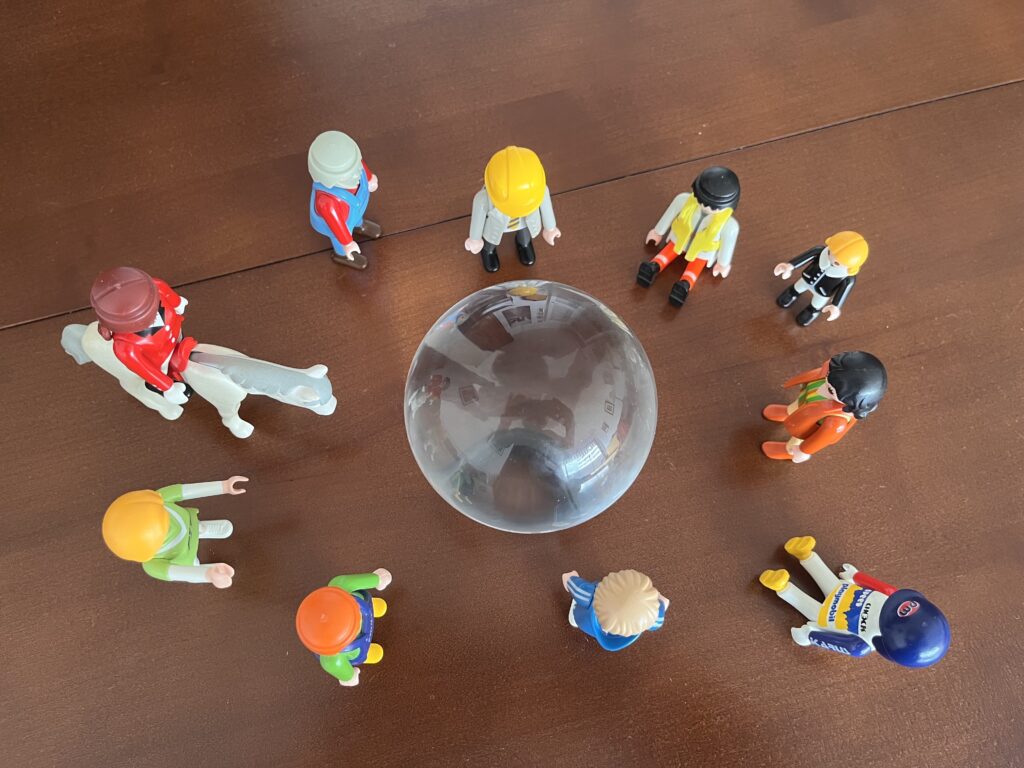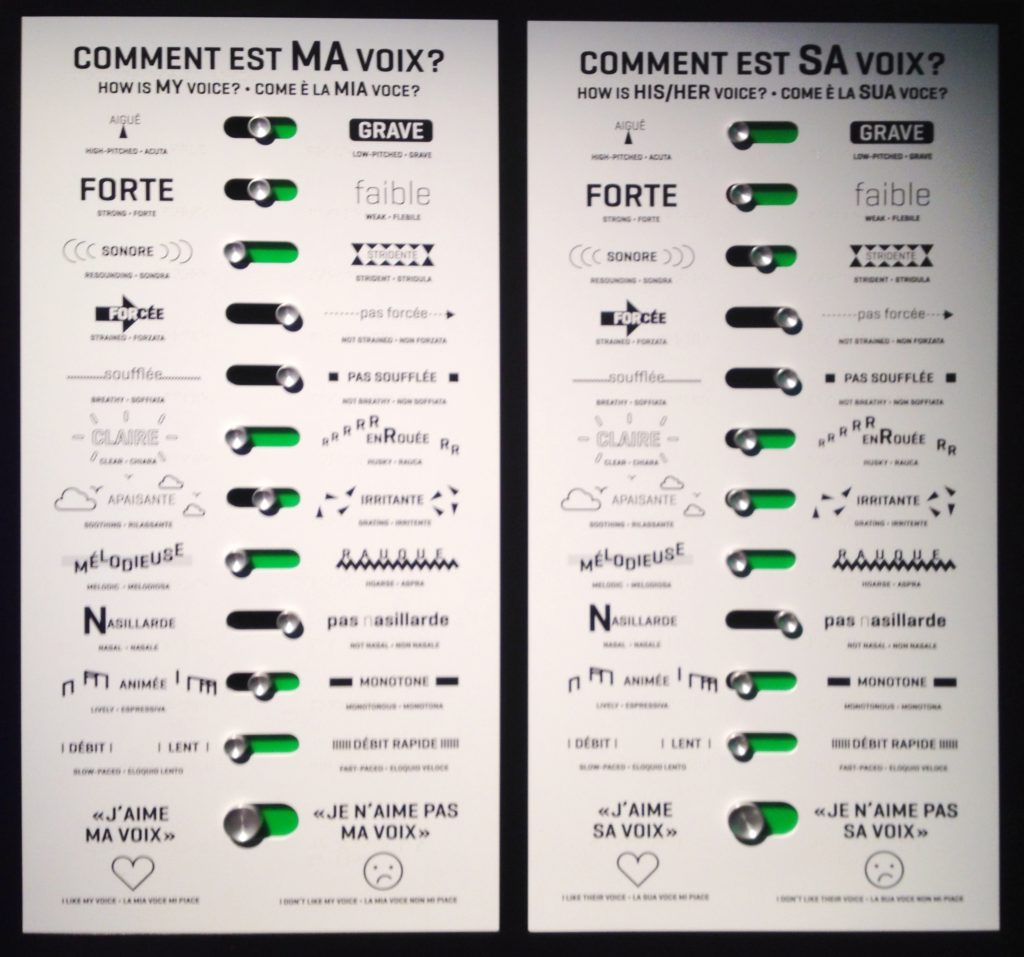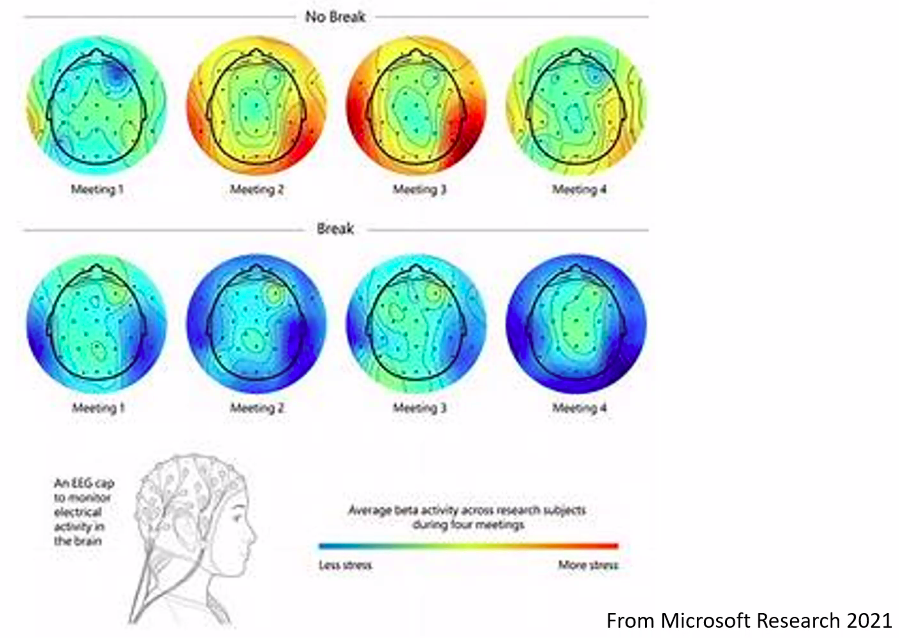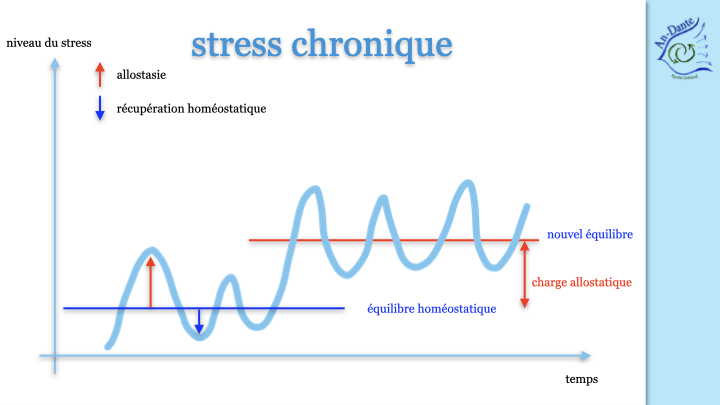La submersion est un point qui revient en fil rouge dans toutes mes missions chez des clients, que ce soit en travail individuel ou collectif. Dans un agenda plein à craquer, nous sommes confrontés au paradoxe de prendre le temps -avec parfois l’impression de perdre du temps, au démarrage-, pour en gagner, ensuite.
Ce qui nous confronte à notre liberté de choix, de désir, de discernement.

Dans son ouvrage « Submersion », Bruno Patino explore nos stratégies humaines, pour mieux vivre dans notre ère de submersion d’informations et de sollicitations cognitives et émotionnelles toujours croissantes.
Cet essai pose le sujet, en rappelant d’où nous venons, et propose des pistes pour naviguer dans ce monde qui est le nôtre.
Une lecture rafraichissante pour celles et ceux qui, conscients des évolutions relativement récentes, cherchent leurs voies de navigation !
Pour faire face à une peur très humaine « ce qui est incommensurable paralyse« , en résistant à la tentation de déléguer aux algorithmes la gestion de ce déluge d’informations. « C’est le sujet de ce livre : retrouver notre liberté dans ce trop-plein« .
Comment trouver le juste milieu, au-delà des trois postures instinctives humaines :
- éviter la réalité, comme ne s’informer que par un media, ou se distraire excessivement pour ne plus penser, comme avec le « binge watching », ou d’autres consommations altérant la perception de la réalité -alcool, psychotropes…-, ou encore passer de nombreuses heures dans des environnements virtuels ou fictionnels, tel le Metaverse. C’est à dire fuir le monde et les émotions difficiles auxquelles nous sommes confrontés.
- être hyper-connecté aux réseaux sociaux, et autres vecteurs d’informations entrantes et sortantes, réagir en ligne et discuter, débattre avec des profils virtuels, pour tenter de maîtriser, de confronter, de réagir. C’est à dire faire face et lutter.
- faire l’autruche, ne plus se lever le matin, ignorer l’actualité, mettre des barrières pour s’en protéger. C’est à dire être paralysé, ignorer le monde, tenter de s’en protéger.
Ces postures conduisant à de la dépendance individuelle et des positions polarisées, une vision du monde en noir et blanc, où la nuance n’est plus accessible.
Pour trouver l’espace juste de notre liberté, entre un silence irréel et un bruit assourdissant, nous disposons d’un atout exceptionnel : notre capacité de discernement, celle de prendre le temps de penser et d’être présent, juste ici dans l’instant, sans blabla mental envahissant, avec toutes nos ressources, mentales, émotionnelles, corporelles.
C’est une capacité clef, tout à fait essentielle dans cet environnement de submersion.
Par ailleurs, les humains que nous sommes possèdent cette capacité d’intelligence de décider, tout en ayant conscience de notre mode de prise de décision. Autrement dit, d’être à la fois sur le terrain et dans l’hélicoptère qui observe le terrain avec de la hauteur.
Pour autant, cela s’entraine. Il n’est pas si simple de résister, d’inhiber notre mode automatique, pour, quelques micro-secondes plus tard, être connecté à d’autres ressources cognitives, logiques, rationnelles ET intuitives et partiellement conscientes.
La submersion d’informations et d’émotions nous maintient dans le mode automatique, au détriment de notre mode adaptatif, qui, lui, est créatif et innovant dans des environnements complexes et inédits.
Le risque identifié par Bruno Patino est que face à des possibilités de choix toujours plus larges, nous renoncions tout simplement à notre liberté de choix, en la déléguant à une autorité externe. D’autant que la submersion nous fatigue et que ce renoncement peut être perçu comme une solution à notre fatigue décisionnelle.
Comme par exemple renoncer à savoir se repérer avec les étoiles ou savoir lire une carte, puisque les GPS embarqués dans nos téléphones nous guident. Ou encore choisir librement un livre, un film, un album de musique, alors que la bulle algorithmique nous conseille « pour vous » et nous enferme encore plus dans cette bulle mécaniquement prévisible, nous coupant de plus en plus de tout choix spontané, imprévisible, irrationnel potentiellement porteur de découverte, d’inattendu, de créativité, d’ouverture au monde…
Dans ce contexte de submersion, qu’apprenez-vous de vos modes automatiques ?
Qu’avez-vous envie de mettre en oeuvre pour retrouver un peu plus de liberté de discernement ?
En équipe, quelles est la place pour observer ce phénomène, et trouver des solutions, avant les état d’inefficacité ou d’épuisement ?









